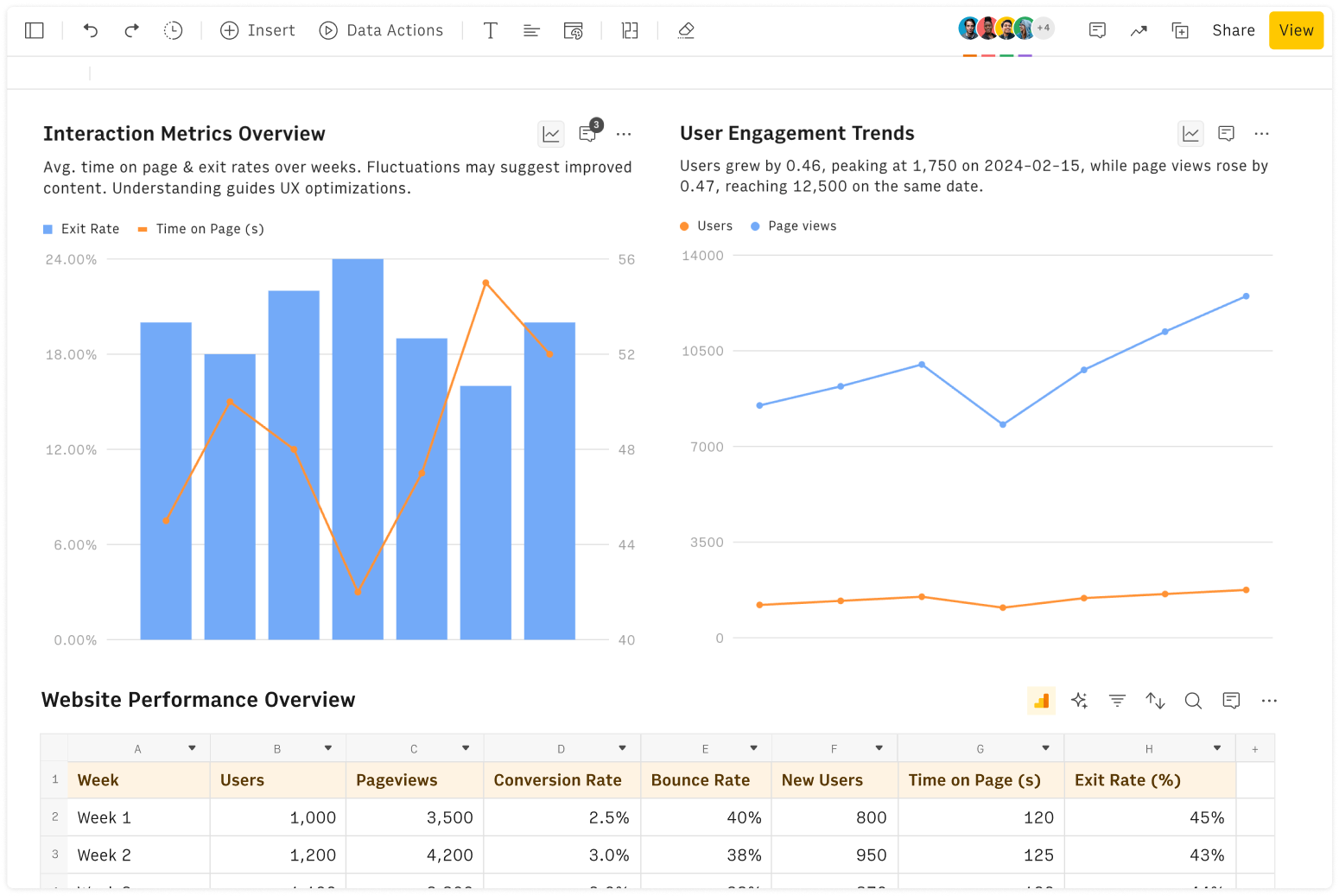What is a month?
Months have their origins in astronomical observations. A month was based on the lunar cycle - the time between one new moon and the next, which is approximately 29.5 days. This period is called a lunation.
In many calendar systems, including the widely used Gregorian calendar, months have been standardized to fit within a solar year:
A year (about 365.25 days) is divided into 12 months.
Most months have either 30 or 31 days, with February being the exception at 28 days (29 in leap years).
This standardization helps align the calendar year more closely with the solar year, though it no longer corresponds exactly to lunar cycles.
This variation in month lengths is one of the key reasons why calculating the exact number of months between dates can be complex and why the month between dates calculator can be so useful.
How to Use the Months Between Two Dates Calculator
To find the number of months between two dates, you need to:
Input the Start Date: Select or enter the beginning date of your duration.
Input the End Date: Select or enter the ending date for your calculation.
With just these two inputs, our calculator will instantly display the number of months, including weeks and days.
Why Use This Months Between Dates Calculator?
This tool is perfect for a variety of business and personal applications. Here's how it can help you:
Project Management: Plan and track short to medium-term projects with monthly milestones.
Human Resources: Calculate employee probation periods or contract durations.
Financial Planning: Determine loan terms, calculate interest periods, or plan savings goals.
Healthcare: Track pregnancy terms, medication cycles, or treatment durations.
Education: Calculate semester lengths or internship durations.
Other time duration calculators
Years between dates calculator
FAQ
How many days are in each month?
31 days: January, March, May, July, August, October, December
30 days: April, June, September, November
28 days: February (29 days in a leap year)
How many weeks does a month have?
The number of weeks in a month can vary:
Most months have 4 full weeks plus a few extra days.
Specifically:
30-day months have 4 weeks and 2 days
31-day months have 4 weeks and 3 days
February has exactly 4 weeks in non-leap years (28 days)
February has 4 weeks and 1 day in leap years (29 days)
It's important to note that weeks don't align perfectly with calendar months, which is one reason why calculating time spans in months can be complex.







